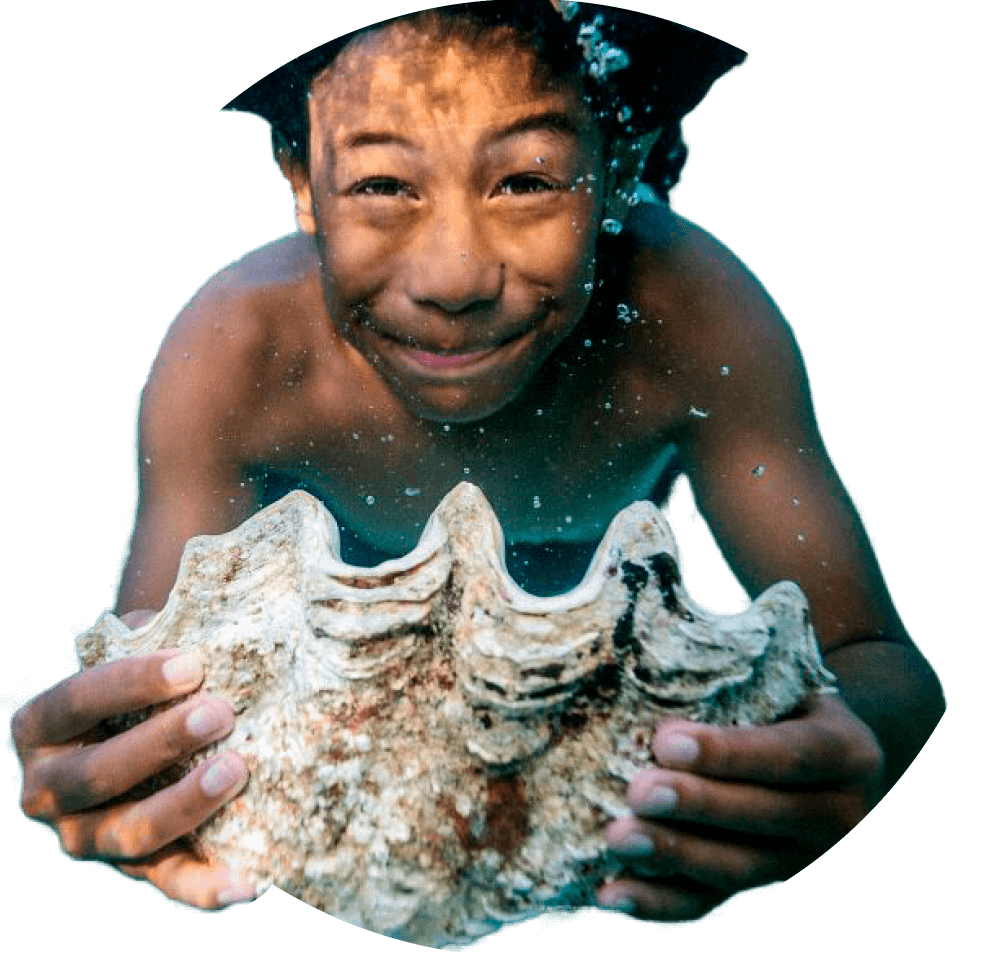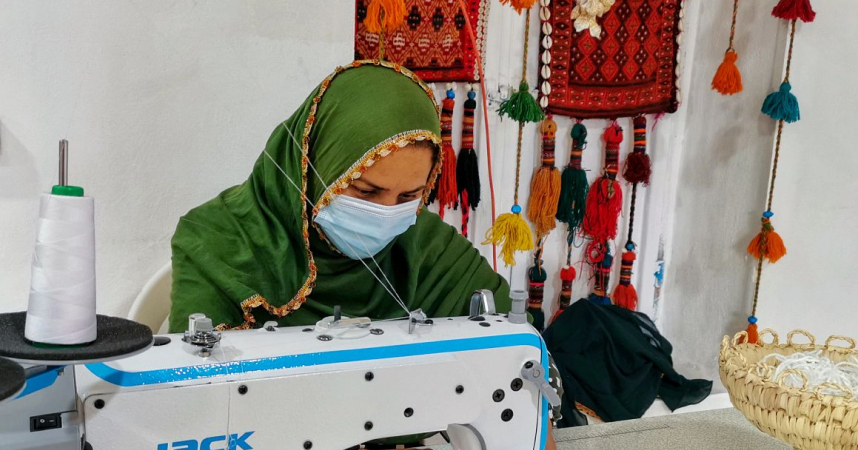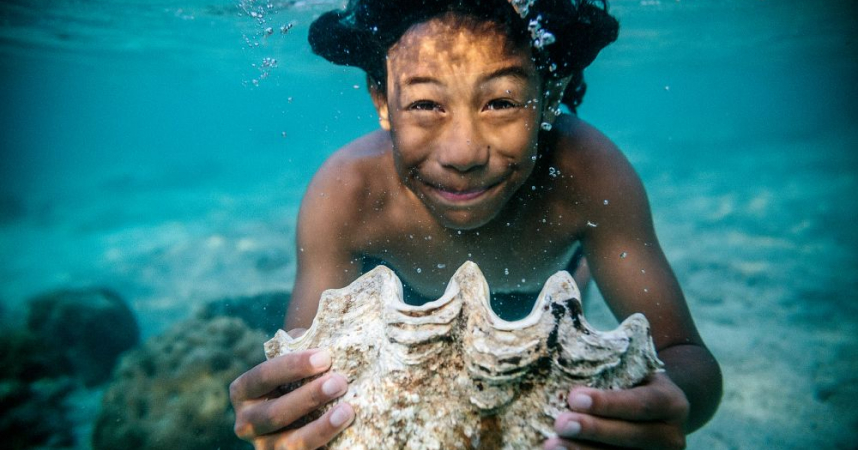Goal 14: Life below water
Conserve and sustainably use ocean, sea and marine resources







Today, the ocean's average pH is 8.1, about 30 percent more acidic than in pre-industrial times.
3B
people rely on marine and coastal biodiversity for their livelihoods. Yet marine pollution is reaching alarming levels — an average of 13,000 pieces of plastic trash can be found in every square kilometre of the ocean.

Goal 14 addresses the conservation and sustainable use of marine resources. This expansive aquatic ecosystem, covering 70 percent of the Earth's surface, plays a vital role in sustaining human existence and the overall biosphere. It provides essential resources such as food, energy and water, and helps combat the climate crisis by absorbing approximately a quarter of the world's annual carbon dioxide emissions.
Alarming trends persist in the deterioration of ocean health, including rising acidification, eutrophication, declining fish stocks and escalating plastic pollution. While some progress has been made in expanding marine protected areas and combating illegal, unreported and unregulated fishing practices, a more concerted and accelerated global effort is urgently required.


The achievement of SDG 14 necessitates immediate and coordinated action on a global scale to increasing funding for ocean science, intensify conservation efforts and advance nature-based solutions.
Blue wonder
Our blue ocean is full of treasure. It gives us food, jobs, medicine, transport and entertainment. It produces our oxygen and freshwater and regulates the climate.
But plastic and chemical pollution, overfishing and climate change are jeopardizing the ocean’s ability to underpin all life on Earth. UN Member States have adopted two new global agreements to help turn the tide.

Photo credits
-
UNDP/Vlad Sokhin
-
Unsplash/David Clode




















